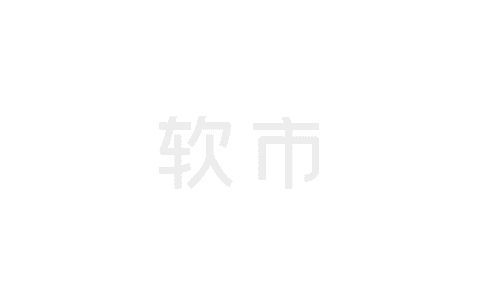对称的壳单元(位于theory介绍壳体的较前部分)

看了一下abaqus 《theory》 3.6.5。
里面实际是连续介质力学的内容,讲了各个量——如法向量、曲率随时间的更新公式等。
此外还有上图开始讲了能预防剪切自锁的strain field formulation,并推导出了S4R这一类finite strain单元的
stiffness matrix,这是我真正需要的。但是Ks并不是刚度,它的单位是应力。Cs is the transverse shear stiffness
finite strain单元 3.6最后:
Element S4 is a fully integrated finite-membrane-strain shell element. Since the element’s stiffness is fully integrated, no spurious membrane or bending zero energy modes exist and no membrane or bending mode hourglass stabilization is used. Drill rotation control, however, is required. Element S4 uses the same drill stiffness formulation as used for element S4R. Similarly, element S4 assumes that the transverse shear strain (and force, since the transverse shear treatment is elastic based on the initial elastic modulus of the material) is constant over the element. Therefore, all four stiffness integration locations will have the same transverse shear strain, transverse shear section force, and transverse shear stress distribution. The transverse shear treatment for S4 is identical to that for S4R.
It is well known that a standard displacement formulation will exhibit shear locking for applications dominated by in-plane bending deformation. However, a standard displacement formulation for the out-of-plane bending stiffness is not subject to similar locking response.Hence, S4 uses a standard displacement formulation for the element’s bending stiffness, and the theory presented above for the rotation kinematics and bending strain measures applies to S4. The primary difference between the element formulations for S4 and S4R is the treatment of the membrane strain field. This formulation is the topic of the following discussion.
The membrane formulation used for S4 does not rely on the fact that S4 is a shell element. Hence, the discussion below details the formulation from the point of view that the membrane response is governed by the equilibrium for a three-dimensional body in a state of plane stress.
1.standard displacement formulationbr> 2.why “a standard displacement formulation for the out-of-plane bending stiffness is not subject to similar locking response”br> 3.What is a membrane formulation, what is finite-membrane-strain br> 薄膜应变就是面内的那三个应变。剩下三个叫transverse shear strain。
abaqus theory前面40页也很重要,很基本的.

我的手稿地址:
https://github.com/BraveDrXuTF/S4R_theoryPDF
通过这个锻炼,找到一个abaqus乃至其他CAE软件复杂文档的组成逻辑,帮助以后的阅读查找工作。
想要参考abaqus壳更多的内容,可以看analysis 29章,里面对于各类单元的讲解很详细。
经典的板壳力学教材和上课讲的东西能否成为突破口合看一下


轴对称斜锥壳元:

几何方程—B—K
考虑横向剪切的轴对称壳体理论基本原理:

wb部分方程和本科学的梁单元一样,ws代表剪切部分引起的附加法向位移,它的方程比较简单
2.铁木辛柯梁单元
分别插值。
考虑层间应力无法直接应用S4R,但可以加弹簧

这一块的话,没想到S4R如此神通广大,竟然有如此的formulation。

没想到啊没想到,S4R的层中是有TSHR13和23的。在上下边界这两个值则为0.
在下边界,我试了一阶剪切的strain formulation是符合abaqus的结果的,在里面-0.6667的位置,我的小算例是符合的,而大规模则暂时不符合:

上图是abaqus平板的平衡方程量,不是应变能哈。如图,大部分都对上了(平衡方程量=0就是对上了),边界的严重对不上。
来源:构建的乐趣
声明:本站部分文章及图片转载于互联网,内容版权归原作者所有,如本站任何资料有侵权请您尽早请联系jinwei@zod.com.cn进行处理,非常感谢!